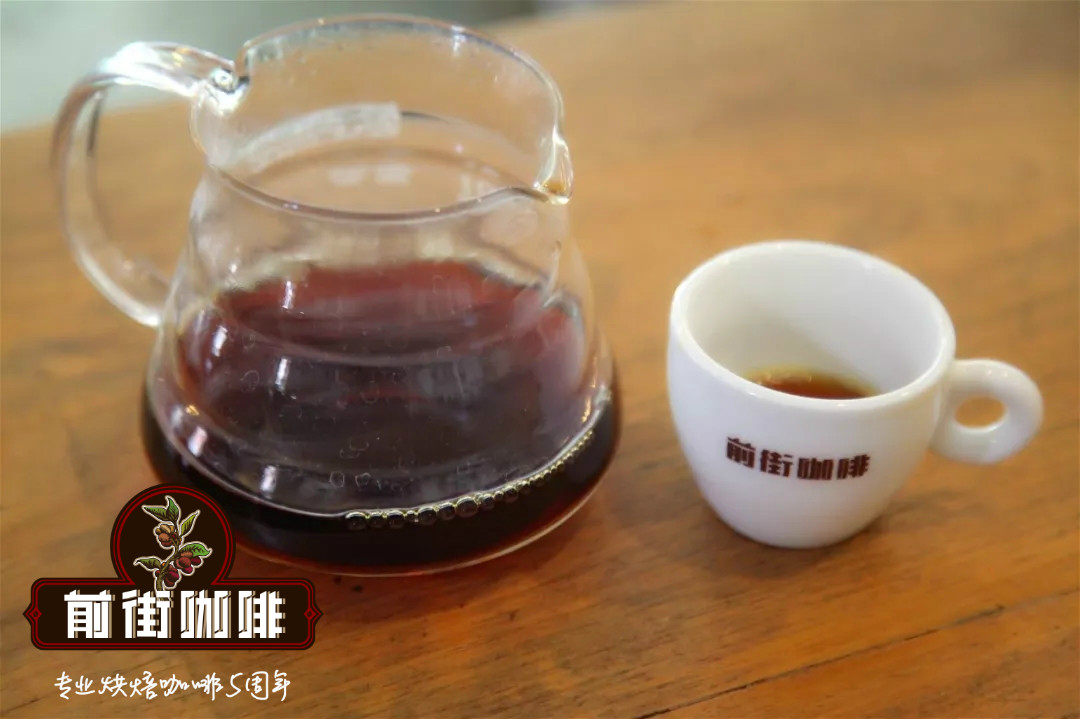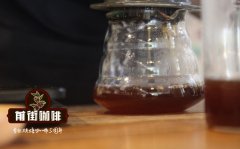Introduction to the coffee history and grading system of El Salvador Pacamara coffee beans

Professional coffee knowledge exchange more coffee bean information please follow the coffee workshop (Wechat official account cafe_style)
One of the coffee producing areas of the ancient Maya
The Republic of El Salvador is a coastal country located in the north of Central America and the most densely populated country in Central America. El Salvador's domestic economy is dominated by agriculture, mainly producing coffee beans and cotton. Due to years of war, it is one of the 'low-and middle-income countries' in the world, and its domestic economic development is slow. But both El Salvador and Guatemala are the birthplaces of Mayan culture in Central and South America.
El Salvador is located between Honduras and Guatemala, with the Pacific Ocean to the south. The topography of El Salvador is mainly mountainous and plateau, with many active volcanoes, so it is also known as the "country of volcanoes". El Salvador belongs to the tropical climate, with an annual average temperature of 28 degrees; November-April is the dry season, May-October is the rainy season, the precipitation in the mountains is more than 1800 mm, and the coastal area is about 1000 mm.
Coffee History and grading system in El Salvador
Coffee cultivation in El Salvador began in the late 19th century, although it started late, but in its heyday, it was once the fourth largest coffee producer in the world. However, during the civil war from 1980 to 1992, the coffee growing industry in El Salvador almost came to a standstill, but as a result, El Salvador retained many of the relatively traditional ways of growing and managing coffee-shade trees + artificial picking + ancient coffee varieties.
El Salvador boutique coffee is concentrated in the volcanic areas of Santa Ana in the west and Charantanan fruit in the northwest. Its taste inherits the mild quality of Chinese and American coffee. It is soft, slightly sour and has beautiful sweetness.
At the same time, El Salvador, like its neighbors Guatemala and Costa Rica, is graded according to altitude, which also means that the higher the altitude, the better the coffee, which is classified into three grades according to elevation; SHG (Strictly High Grown) = above 1200 m highlands, HG (High Grown) = above 900m medium highlands, CS (Central Standard) = lowlands above 600m.
An introduction to Pacamara
Pacamara is the artificial breeding variety of Pacas and Maragogipe. It was first cultivated by researchers in El Salvador in 1958.
Pacamara is a rare excellent variety under artificial breeding, which is better than blue, and perfectly inherits the advantages of the mother plant. It not only has the excellent taste of Pacas, but also inherits the large size of Maragogipe. The average length of beans in Pakamara is 1.03 cm (0.8-0.85 cm for general beans), and the average width of beans is 0.71 cm (0.6-0.65 for general beans). The number of beans with more than 18 mesh is 90%, and the bean shape is plump and round.
The biggest feature of Pacamara is that it is sour, lively and tricky, sometimes biscuit, sometimes fruity, thick and greasy, with the best quality from El Salvador and Guatemala.
Salvadoran coffee ranks side by side with Mexico and Guatemala as the producers of Asa and Merdo, and is fighting for the top one or two places in China and the United States with other countries. The highlands of origin are large coffee beans of all sizes, which are fragrant and mild in taste. Like Guatemala and Costa Rica, coffee in El Salvador is graded according to altitude. The higher the altitude, the better the coffee. It is divided into three grades according to elevation: SHB (strictly high grown) = highlands, HEC (high grown central) = mid-highlands, and CS (central standard) = lowlands. The best brand is Pipil, which is what the Aztec-Mayan (Aztec-Mayan) called coffee, which has been recognized by the American Organic Certification Society (Organic Certified lnstitute of America).
END
Important Notice :
前街咖啡 FrontStreet Coffee has moved to new addredd:
FrontStreet Coffee Address: 315,Donghua East Road,GuangZhou
Tel:020 38364473
- Prev

Hawaii Kona Kona Coffee introduces the most beautiful coffee bean Kona coffee in the world
Professional coffee knowledge exchange more information about coffee beans Please follow the coffee workshop (Wechat official account cafe_style) Hawaii (Hawaii) after nearly two centuries of efforts to grow coffee, the term Kona has almost been equated with "quality". But historically, coffee trees have grown coffee since it was first introduced to the island in 1825.
- Next

Costa Rica La Lajas Coffee Manor introduces how to make coffee with Philharmonic pressure?
For more information on coffee beans, please follow the Coffee Workshop (official Wechat account cafe_style) Costa Rica is bordered by the Caribbean Sea to the east and the Pacific Ocean to the west, as the country's name means in Spanish: fertile shores. Located in the south of SanJos, the capital of Tarasu, Costa Rica is one of the most valued coffee growers in the country. Taara
Related
- Detailed explanation of Jadeite planting Land in Panamanian Jadeite Manor introduction to the grading system of Jadeite competitive bidding, Red bid, Green bid and Rose Summer
- Story of Coffee planting in Brenka region of Costa Rica Stonehenge Manor anaerobic heavy honey treatment of flavor mouth
- What's on the barrel of Blue Mountain Coffee beans?
- Can American coffee also pull flowers? How to use hot American style to pull out a good-looking pattern?
- Can you make a cold extract with coffee beans? What is the right proportion for cold-extracted coffee formula?
- Indonesian PWN Gold Mandrine Coffee Origin Features Flavor How to Chong? Mandolin coffee is American.
- A brief introduction to the flavor characteristics of Brazilian yellow bourbon coffee beans
- What is the effect of different water quality on the flavor of cold-extracted coffee? What kind of water is best for brewing coffee?
- Why do you think of Rose Summer whenever you mention Panamanian coffee?
- Introduction to the characteristics of authentic blue mountain coffee bean producing areas? What is the CIB Coffee Authority in Jamaica?

